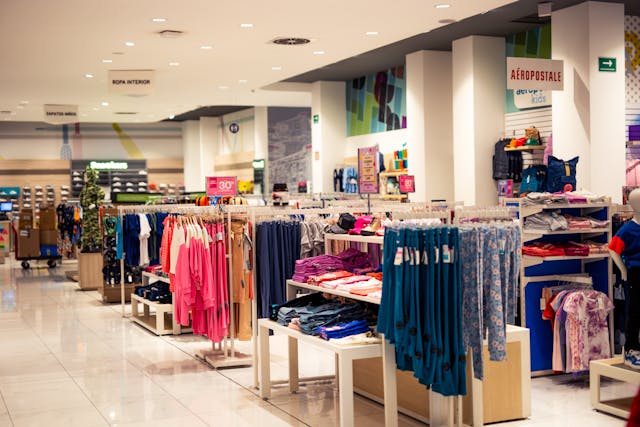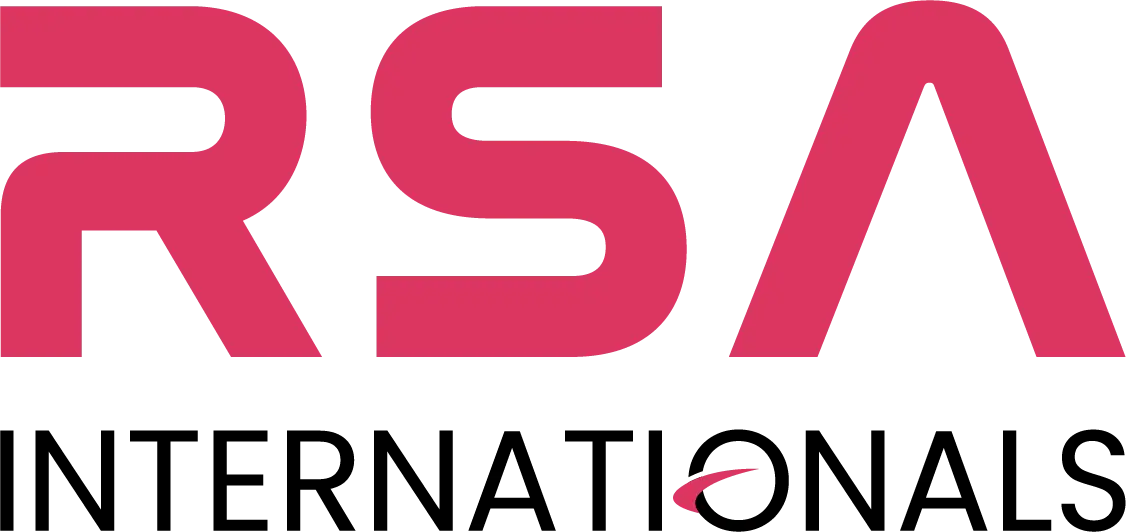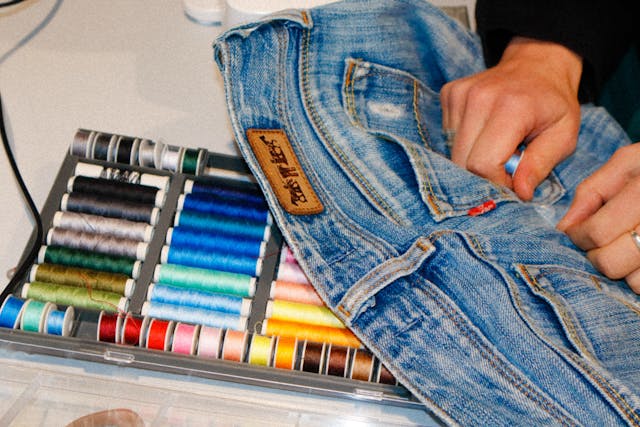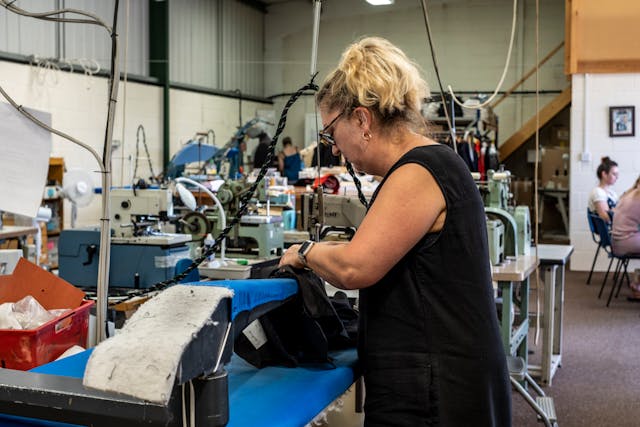Write Us: info@rsainternationals.com
The Role of Technology in Revolutionizing Apparel Sourcing and Inspections

In this blog, we’ll explore how modern tech tools and platforms are revolutionizing apparel sourcing and inspections, and how businesses can leverage these advancements to stay ahead of the curve.
1. Smart Sourcing with Digital Platforms
Gone are the days when sourcing required long, manual processes of contacting multiple suppliers and evaluating their offerings one by one. Digital sourcing platforms now enable businesses to source materials and manufacturers efficiently from across the globe.
- Supplier Discovery: Platforms like Alibaba and Global Sources allow businesses to find suppliers, view product catalogs, and review ratings and feedback from other buyers in just a few clicks. This digital access to a vast network of suppliers reduces the time spent on sourcing and broadens the potential pool of manufacturers.
- Smart Matching Algorithms: Some sourcing platforms use artificial intelligence (AI) to match businesses with the most suitable suppliers based on specific criteria like quality standards, production capabilities, and pricing. This can dramatically cut down the time and effort spent on the supplier selection process.
- Real-time Data: Digital sourcing tools provide real-time data on inventory levels, prices, and lead times. This data allows businesses to make quicker, more informed decisions and optimize their sourcing strategies.
By using digital platforms, businesses can streamline their sourcing operations, access a broader range of suppliers, and make better decisions based on data-driven insights.
2. Automating Apparel Inspections with Technology
Quality control is a vital component of the apparel production process, and traditional manual inspection methods can be time-consuming and prone to human error. Technology is helping to automate inspections, improving speed, accuracy, and consistency.
- Computer Vision and AI: AI-powered tools use computer vision to inspect fabrics and finished garments for defects. These systems can analyze the products with high precision, identifying issues such as stitching errors, fabric flaws, color discrepancies, and misalignment at a much faster rate than human inspectors. This reduces inspection time while ensuring consistency in quality.
- Mobile Inspection Apps: Mobile apps designed for inspection allow quality control teams to conduct inspections on the go. These apps can capture images, record data, and instantly share reports with the entire team, improving communication and reducing delays in decision-making.
- Automated Testing Equipment: Advanced testing machinery is now being used to automate durability tests, such as colorfastness, shrinkage, and tensile strength. These machines provide more accurate and repeatable results, which ensures that garments meet the desired specifications before they hit the market.
By integrating automated inspection technology into their processes, apparel companies can dramatically improve product quality and reduce the risk of defects slipping through undetected.
3. Blockchain for Transparency and Traceability
Transparency and traceability are growing concerns within the apparel industry, particularly with regard to ethical sourcing and sustainability. Consumers and businesses alike are demanding more accountability from brands regarding where and how their products are made.
- Blockchain Technology: Blockchain is emerging as a game-changing technology for tracking the entire journey of a product, from raw material sourcing to final delivery. By integrating blockchain, companies can create immutable records of every transaction, providing full visibility into the supply chain.
- Product Authentication: Blockchain can also be used to authenticate products, ensuring that they are made according to ethical and environmental standards. For example, a brand could use blockchain to verify the origin of materials, whether they are sustainably sourced or meet labor compliance standards.
- Consumer Confidence: By offering transparent information via blockchain, brands can build consumer trust. Modern consumers are increasingly choosing brands that prioritize ethical practices, and blockchain gives companies the tools to prove their commitment to transparency.
Using blockchain technology for traceability and transparency enables brands to verify their sourcing practices, build consumer trust, and meet growing demands for ethical sourcing.
4. Supply Chain Management Software: Streamlining Operations
Supply chain management (SCM) software is another technological advancement that is transforming how apparel companies manage production and deliveries. This software integrates various aspects of the supply chain, from sourcing and production to logistics and distribution.
- Inventory Management: SCM software helps brands track their raw materials, finished products, and production progress in real time. This reduces the risk of overstocking or running out of materials, and ensures that businesses can adjust production schedules quickly to meet demand.
- Production Planning: SCM software helps optimize production planning by predicting demand and aligning production schedules. It ensures that resources are used efficiently, reducing waste and improving lead times.
- Logistics and Shipment Tracking: With integrated logistics features, SCM software enables real-time tracking of shipments and deliveries. Brands can monitor the progress of their orders, receive alerts about delays, and ensure that products are delivered on time.
By utilizing supply chain management software, apparel companies can increase operational efficiency, reduce costs, and ensure timely deliveries, ultimately improving their bottom line.
5. 3D Sampling and Virtual Prototyping
Creating physical samples for every new design can be costly and time-consuming. With the advancement of 3D design and virtual prototyping, businesses can now create digital samples that can be reviewed and altered before committing to physical production.
- 3D Design Software: Platforms like CLO 3D and TUKAcad allow designers to create virtual garments that simulate how fabrics and designs will look and behave in real life. This enables designers to test different materials, colors, and fits without having to create multiple physical prototypes.
- Virtual Fitting: Virtual fitting rooms and augmented reality (AR) apps allow designers to see how garments fit and move on virtual models, helping to optimize design and sizing without physical samples. This technology is also being used in retail to give consumers a virtual try-on experience.
- Faster Time-to-Market: By eliminating the need for multiple rounds of physical sampling, 3D sampling reduces production time and costs, ultimately speeding up time-to-market for new collections.
By adopting 3D sampling and virtual prototyping, apparel brands can reduce sampling costs, improve design efficiency, and get their products to market faster.
6. AI-Powered Forecasting and Demand Planning
AI-powered tools are helping apparel brands make more accurate predictions about future trends, consumer demand, and production needs. These forecasting tools use historical data and machine learning to analyze consumer behavior, market trends, and seasonal fluctuations.
- Predictive Analytics: AI tools analyze sales data, customer preferences, and even social media trends to forecast which products will be in demand in the coming months. This allows brands to make better decisions about which products to produce and when to release them.
- Inventory Optimization: AI tools help optimize inventory levels by predicting which styles, sizes, and colors will sell the most, reducing overproduction and stockouts.
- Trend Spotting: AI algorithms can sift through vast amounts of data to identify emerging trends in fashion, helping brands stay ahead of the curve and design products that resonate with consumers.
By leveraging AI-powered forecasting, apparel brands can minimize excess inventory, reduce waste, and ensure they meet consumer demand more accurately.
Conclusion
Technology is fundamentally changing how the apparel industry operates, from sourcing raw materials to inspecting finished garments and managing the entire supply chain. By adopting digital platforms, AI-powered inspection tools, blockchain for transparency, and supply chain management software, apparel brands can enhance operational efficiency, improve product quality, and respond more swiftly to market trends.
RSA Internationals is at the forefront of these technological advancements, offering apparel brands access to the latest tools and platforms for seamless sourcing, inspections, and supply chain management. By integrating modern technology into your business practices, you can stay ahead of the competition and deliver high-quality products that meet the expectations of today’s discerning consumers.




